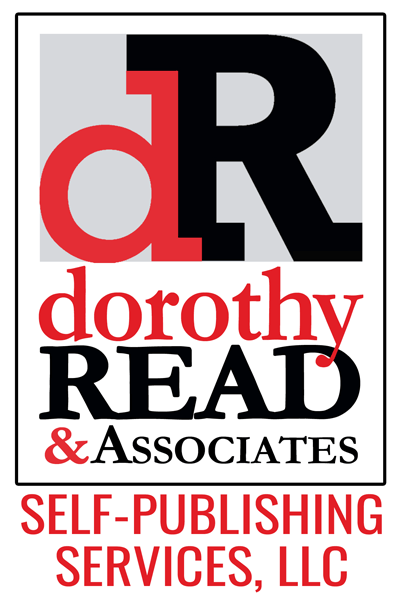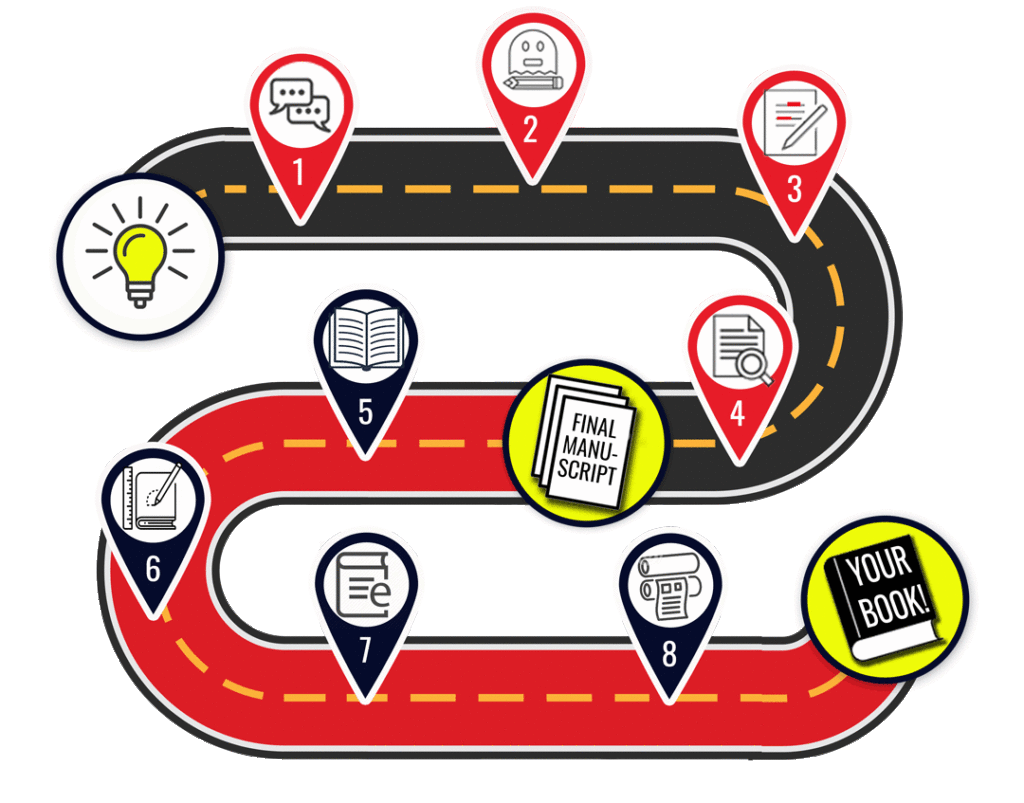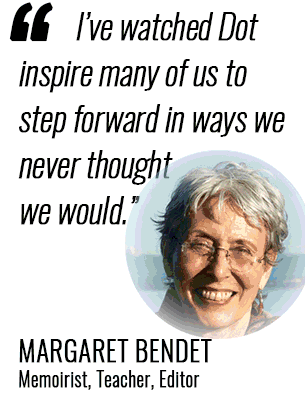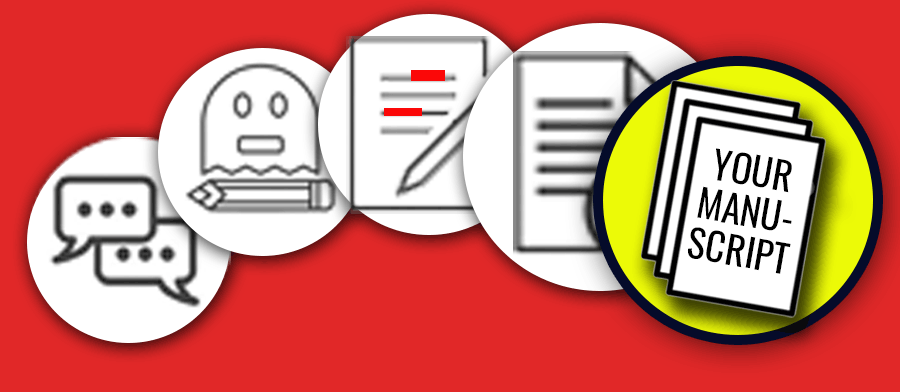
GETTING TO THE FINAL MANUSCRIPT
A book begins with an idea. Then what? You may want advice on where to go with your idea or how to organize the many facets of your idea into a good read. You may be well beyond the idea stage and have a first––or second––or third draft. There are many steps along the writer’s journey. Wherever you are on the path, Dorothy Read’s editing services can help you move forward to the final goal: a manuscript ready to become a book.
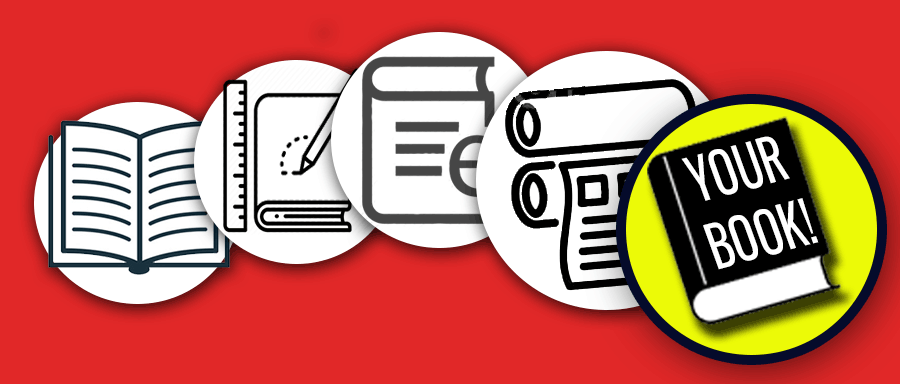
SELF-PUBLISHING YOUR BOOK
Self-publishing has become much easier and affordable over the last decade. However, finding the right book cover and interior designer can be a “hit and miss” process. Dorothy Read’s graphics team can work with you to create your book cover and interior page design for print and e-book.
Once the book pages and cover are complete, we work with each client to identify the printer/distributor that is best suited for the client’s needs. We will work with you to set up your account with the printer/distributor, format the book for print and ebook, and upload them for publication.
